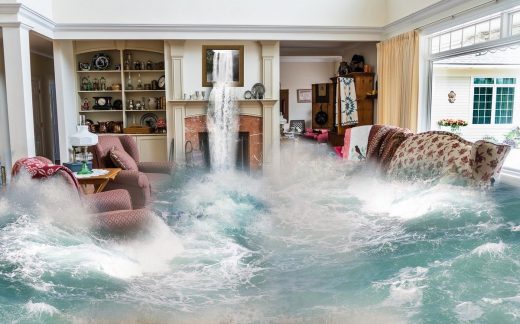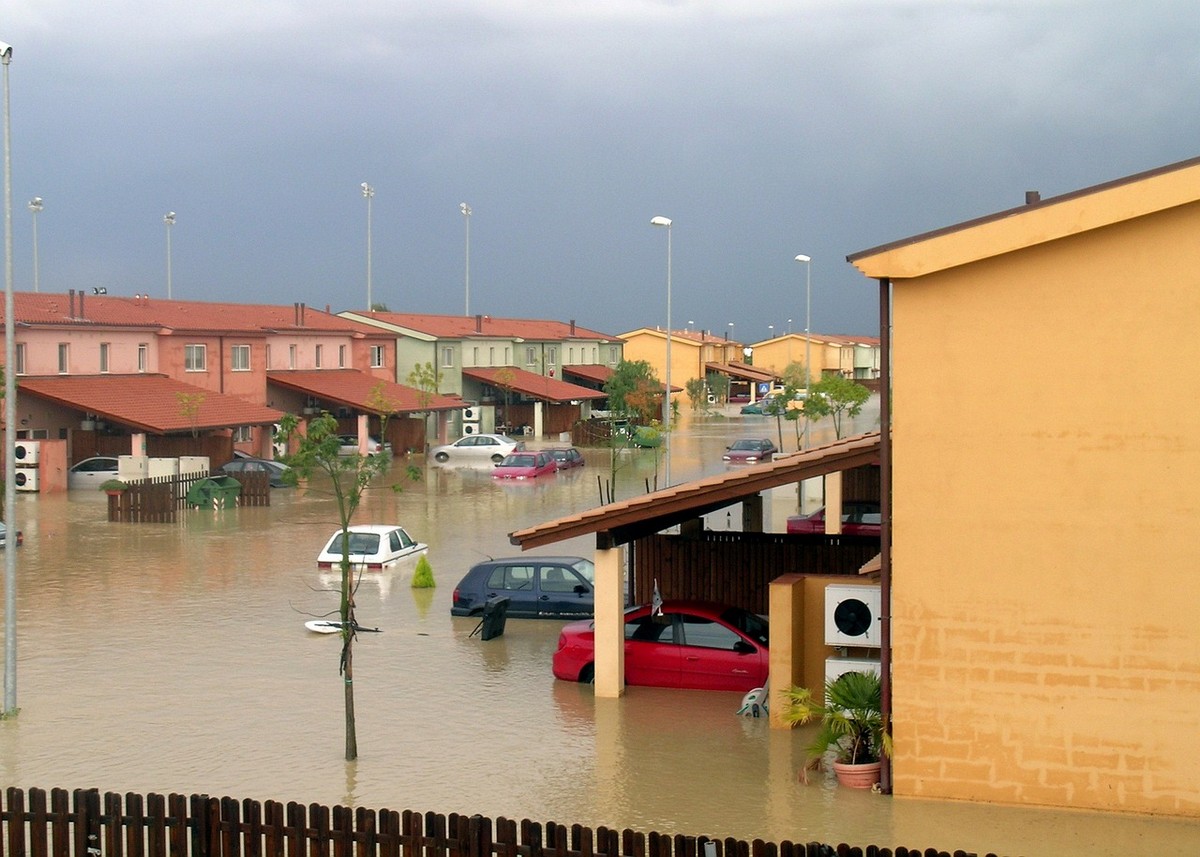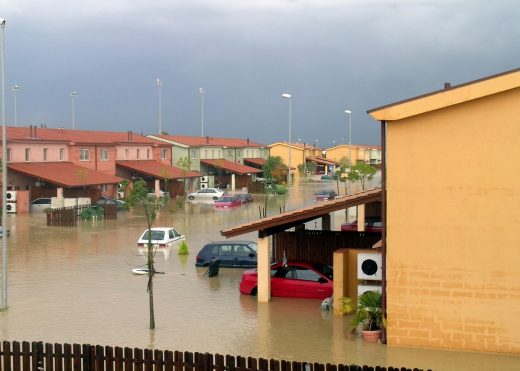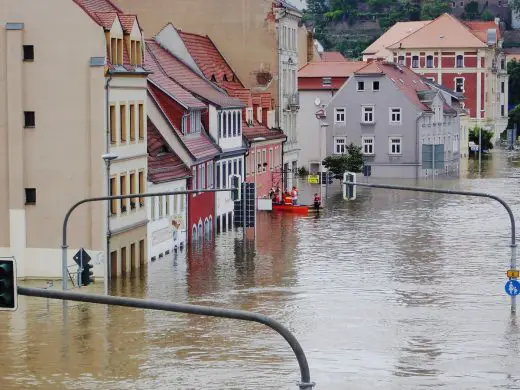Preparing your home for floods, Building flooding protection insurance, Property leak protection, House clean up tips
Preparing Your Home for Floods
3 June 2024
Dealing with floods can be incredibly challenging leading to damage to homes and personal belongings. It’s essential to get ready for such emergencies to lessen their impact and ensure your familys safety. By taking the steps during and after a flood you can better safeguard your home and possessions. This guide provides tips on flood preparedness emphasizing the importance of a flood cleanup service once the waters subside.
Assessing Your Flood Risk
The initial step in flood readiness involves evaluating the risk level at your residence. Research the history of floods in your area. Determine if your home is situated in a recognized flood zone. Local government websites typically offer flood maps and details on flooding incidents. Understanding your risk level enables you to make informed decisions regarding preventive measures.
Developing a Flood Emergency Strategy
Create an emergency plan tailored for dealing with floods within your household. This plan should outline evacuation routes, communication methods and a designated safe meeting spot. Make sure that every family member comprehends the plan and knows what actions to take when a flood alert is issued. Regularly. Review the plan to ensure that everyone remains prepared.
Securing Essential Documents
Keep documents like birth certificates, passports, insurance policies and financial records, in a storage container.
Consider making backups. Securely storing them online. This way you’ll always have access, to information even if physical copies get damaged or lost.
Protecting Your Home
Raise Electrical Systems
If you reside in an area to flooding think about elevating the systems in your home, such as outlets, switches and wiring. This action can help prevent damage and lower the risk of fires caused by water exposure.
Install Backflow Preventers
Fit backflow preventers in your homes plumbing system to stop floodwater from flowing into your drains. These devices ensure that water only moves in one direction keeping sewage and floodwater out of your living space.
Seal Openings and Cracks
Check your homes foundation for any cracks or openings that could let water seep through. Seal these gaps using sealants on walls and floors in basements and other vulnerable areas.
Utilize Sandbags and Flood Barriers
Keep a supply of sandbags and flood barriers handy. Position them near doors, windows, and other entry points to create a blockade against rising waters. These tools are essential for preventing water intrusion into your home.
Preparing a Survival Kit
Put together an emergency kit containing items that can support your family for at least 72 hours.
Make sure to have supplies like;
- Perishable food and bottled water
- First aid kit and necessary medications
- Flashlights, batteries, and a portable radio
- Personal care items
- Extra clothing and blankets
Store this emergency kit in a convenient spot that everyone in your family can easily access.
Stay Updated
Stay informed about weather updates and flood alerts through news, weather apps and emergency notifications. Being aware helps you respond promptly and take safety measures during a flood threat.
During a Flood
Evacuate Safely
If authorities advise evacuating leave your home immediately. Follow specified evacuation routes. Avoid driving through flooded areas as even shallow waters can pose risks.
Move to Ground
If leaving is not an option go to levels within your home. Stay on floors while avoiding basements or lying areas prone to rapid water accumulation.
Avoid Electrical Hazards
Steer clear of appliances if flooding starts in your home. Water conducts electricity increasing the risk of electrocution, in flooded spaces.
After the Flood
Returning Home
Only return home once officials have declared it safe to do
When floodwaters seep into structures they can weaken them posing risks, like contaminated water and issues.
Assessing the Damage
After ensuring it’s safe to enter your house inspect the damage. Take photos and videos to document the destruction for insurance purposes. This evidence will play a role in filing claims. Seeking help.
Getting Professional Help for Flood Cleanup
Consider hiring experts, in flood cleanup to assist in restoring your home. These professionals possess the tools and expertise to eliminate water, affected areas and prevent mold growth. Acting swiftly is vital to limit harm and maintain a living space.
Draining Water Drying Out
Kick off by getting rid of standing water and drying your residence. Utilize pumps, /dry vacuums and dehumidifiers to eliminate water and moisture. Opening windows and doors can enhance ventilation. Expedite the drying process.
Sanitizing
Thoroughly clean and disinfect all impacted areas. Floodwater commonly carries contaminants and bacteria so it’s crucial to use cleaning agents for sanitization. Focus on kitchens, bathrooms or any spots where water has accumulated.
Preventing Mold Growth
Mold can proliferate rapidly in settings. Employ dehumidifiers and fans to keep air circulation going while reducing moisture levels.
Regularly check your house for any signs of mold. Deal with them promptly to avoid health issues.
Restoring Your Home
Make sure to repair and restore your house to its condition after a flood. This might mean replacing drywall, insulation, flooring and other materials that have been impacted by water. Opt for water materials, in areas to vulnerability to lower the chances of future damage.
Preparing your home for floods Conclusion
Being prepared for floods is essential in safeguarding your home and loved ones from the consequences of flooding. By recognizing your flood risk establishing an emergency plan protecting your residence and understanding how to react during and after a flood you can reduce harm.
Recover swiftly. Keep in mind that professional flood cleanup services are crucial for restoring your home and ensuring a living space. Taking these measures will help you navigate through the difficulties of a flood and emerge stronger, on the side.
Comments on this What You Should Be Doing After Your House Floods advice article are welcome.
Building Flood Damage
Property Water Floods
What You Should Be Doing After Your House Floods

Flood Resilient Architecture for the 21st Century

image courtesy of article provider
Tips to protect your business from flood damage
Home Designs
Comments / photos for the What You Should Be Doing After Your House Floods page welcome
Website: BRE







